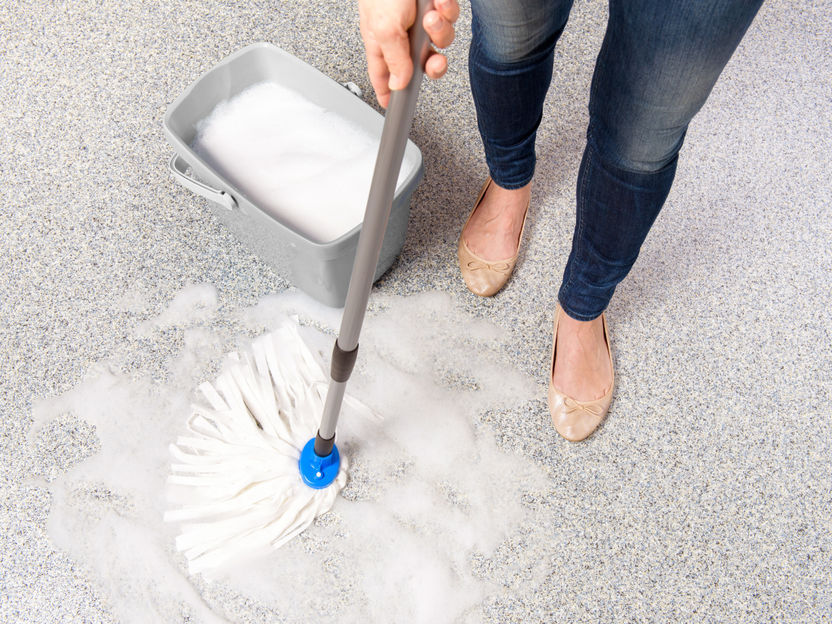Evonik commercializes biosurfactants
Advertisement
Evonik is commercializing biosurfactants: the specialty chemicals company is now the first in the world to use biotech methods for producing industrial-scale quantities of high- quality surfactants—key components of modern shampoos, shower gels, and household cleansers. The achievement has been made possible by over five years of research and a unique combination of expertise in the fields of biotechnology, process engineering, and interfacial chemistry. Evonik scientists from Germany, China, and Slovakia were involved in the project. Evonik is primarily targeting its new biosurfactants at the attractive growth markets for household and personal care products. “Increasing prosperity has meant access to modern cleaning and personal care products for more and more people throughout the world. Biosurfactants promise significant growth and will complement our conventionally manufactured products. Evonik sees itself as a future leader in this market, which is still in its infancy,” explains Hans Henning Wenk, head of research for biobased materials within Evonik’s Nutrition & Care Segment.
The first household cleansers containing Evonik biosurfactants are already available to consumers in supermarkets. These products contain what are known as sophorolipids, which are produced in nature by a yeast and which can be found in the honey produced by bumblebees, among other sources. Evonik produces sophorolipids at Slovenská L’upča in Slovakia, an important production site of the Group for biotechnologically manufactured products. Evonik intends to work closely with key international customers in order to tap into other sophorolipid applications quickly. The company’s scientists are also working to develop other ways of improving the production process—these improvements are expected to allow the company to build even larger plants.
The company also plans to develop and market another class of biosurfactants known as rhamnolipids. These materials have exceptional foam-forming properties, which will open up additional applications as a result. Also under construction at the Slovenská L’upča site is a pilot plant that will produce rhamnolipids through fermentation. bacteria will be used in this process instead of yeasts.
Evonik biosurfactants meet all of the requirements of modern surfactants. They have good cleaning properties, are gentle on the skin, and completely biodegrade more quickly. At the same time, these materials are even more gentle to aquatic organisms such as algae and daphnia.
Without surfactants it would not be possible to maintain modern standards of cleanliness and hygiene. One of the jobs that surfactants perform is to enable oil and water to mix. This is what makes it possible to remove grease spots using water and a detergent. Up to now, surfactants have been produced almost exclusively through synthetic processes. The raw materials used most often in these processes are petroleum and tropical oils such as palm kernel oil and coconut oil. In nature, however, microorganisms such as yeasts and bacteria produce surfactants as well. There are bacteria, for instance, that use these biosurfactants for gaining access to oil as a food source. “Biotechnological methods allow surfactants to be produced without petroleum or tropical oils. We can feed the microorganisms with just sugar and rapeseed oil. This significantly expands Evonik’s raw material base,” Wenk points out.
Even though scientists have known about biosurfactants for a long time, their use to date has been limited to just a few special applications, such as cleaning up beaches that have been contaminated with oil. “A lot of natural organisms produce biosurfactants, but are simply not suitable for manufacturing these materials on an industrial scale. In some cases, for example, this is because they only produce small quantities of biosurfactants. Another reason is that the technology underlying the production process is extremely complex,” Evonik researcher Wenk explains.
Take foam for instance: foam formation is one of the most important properties that consumers want in surfactants. When it comes to production in a fermenter, however, foam formation is quite problematic and cannot be completely avoided. This is because the nutrient solution containing the organisms that produce biosurfactants has to be stirred and supplied with large amounts of oxygen. Both of these conditions automatically cause foam to form. Evonik scientists, however, have developed smart process control solutions that successfully minimize unwanted foam formation in the fermenter—making production possible on an industrial scale.

Household cleaners are examples of products that contain surfactants.
Evonik Industries AG


















































